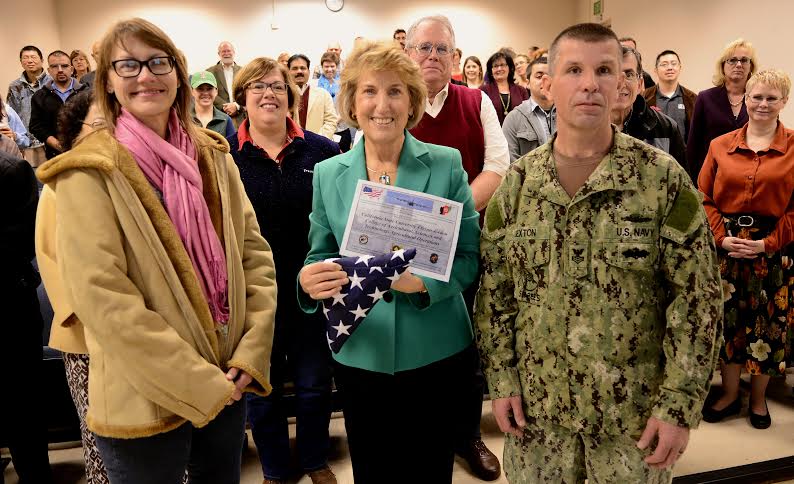CDFA AWARDS $5.8 MILLION TO ASSIST FARMERS WITH WATER EFFICIENCY AND ENHANCEMENT
Announced TODAY, the California Department of Food and Agriculture (CDFA) has awarded $5.8 million for 70 different projects in the second phase of a program to implement on-farm water irrigation systems with increased water efficiency and enhancement to reduce water and energy use, thereby reducing greenhouse gas emissions (GHGs).
The funding for the State Water Efficiency and Enhancement Program (SWEEP) is part of emergency drought Legislation (SB 103) signed in early 2014 by Governor Brown – authorizing CDFA to distribute as much as $10 million for eligible projects, in cooperation with the Department of Water Resources and the State Water Board.
“These projects are essential to allow farmers to continue agricultural food production while at the same time providing ecosystem services that enhance the environment” said CDFA Secretary Karen Ross. “The result is the continuous improvement of our farming systems while at the same time providing multiple benefits, including water conservation and reduced GHG emissions.”
With this latest round of funding, a total of $9.1 million has been awarded for 155 different projects that have leveraged an additional $6.9 million in private cost-share dollars from grant recipients. The money comes from the state’s portion of Cap-and-Trade auction proceeds. The proceeds are deposited in the Greenhouse Gas Reduction Fund and appropriated to state agencies.
The funding will reduce GHG emissions through projects that include modifications to improve water efficiency like drip and microsprinkler systems; energy-efficient water pumps; soil moisture sensors; and irrigation scheduling programs that apply water based on crop needs.
This program is the first of its kind at CDFA and applies to its authority under the Environmental Farming Act of 1995, which states that the department should oversee an Environmental Farming Program to provide incentives to farmers whose practices promote the well-being of ecosystem and air quality.
More information on the SWEEP program can be found by visiting www.cdfa.ca.gov/go/sweep.




















